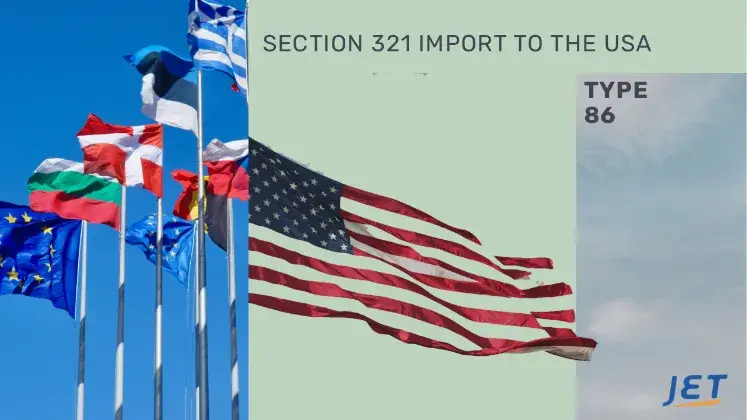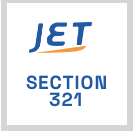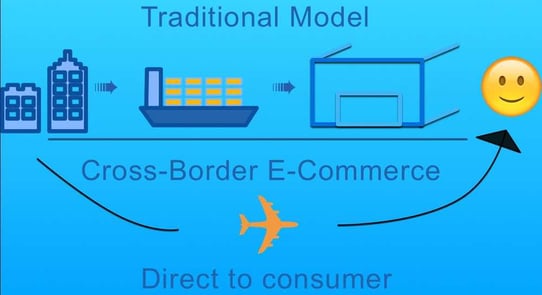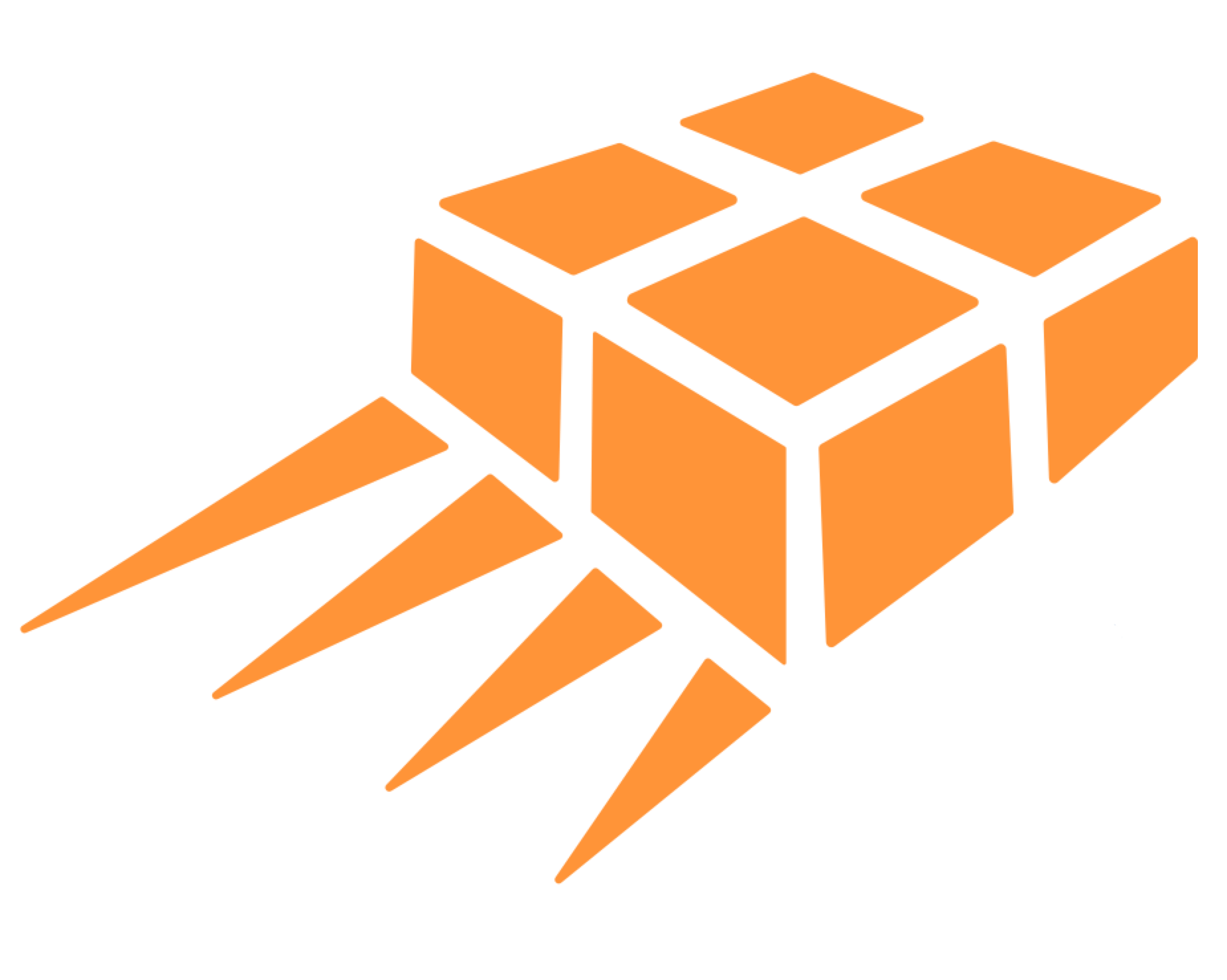
Ecommerce, Section 321 and US Retail: Three Key Trends
Cross border e-commerce continues to evolve and challenge American retailers. Domestic retail means cross border transactions. Duty fee section 321 is leading more
 Section 321 Port of Entries include:
Section 321 Port of Entries include:
- Major air freight hubs including JFK, DFW, LAX and ORD
- Border Crossings from Vancouver, Toronto and Montreal
IMPORTANT: 2025 updates to Section 321
Section 321 Entry Types
Section 321 is a designated entry type for individual consignments valued under $800 (see section below). The different types of section 321 include:
- Express consignment / ECCF: Goods imported using an ECCF are granted express clearance privileges and are subject to regulations outlined in Part 128 of the Code of Federal Regulations / CFR. Goods imported via express processes are subject to a per consignment fee mandated by customs to reimburse the cost for express processes.
- Cargo Clearance / CFS: Goods can be imported using express processes but without the per consignment fee (mentioned above). Goods are transferred to an approved Container Freight Station (CFS) and are usually cleared within 1 to 3 days of arrival.
- Type 86 Entry: For traditional brokerage processes that use automated connections to customs (ACE), section 321 type 86 can be used. The key difference is that HS codes are required for each item. An HS Code is not required for ECCF or CFS section 321 mentioned above.
- Canada/ USA Cross Border Clearance: This method is increasingly being used to take advantage of airlift to Canada and trucking cross border directly (usually) to a USPS facility.
Disclaimer: The information in this blog is for general information only and is not intended to, constitute legal and/or tax advice. Producers, shippers, exporters, importers should confirm their processes with their customs brokers, carriers and regulating authorities. All liability with respect to actions taken or not taken based on the contents of this site are hereby expressly disclaimed. The content on this posting is provided “as is”; no representations are made that the content is error-free.]
1. Asian suppliers are less dependent on American retailers.International manufacturers can reach customers directly using e-commerce technology and high volume parcel logistics systems. They can bypass the traditional retail channels and cut out the "middleman's markup."

The reselling of low cost Asian goods has been the key driver ofthe growth of US consumerism over the last several decades. The low cost producers increasingly do not need American retailers to reach American consumers.
2. Platforms that connect buyers with sellers will displace many American retailers.
The global fulfillment market - that includes warehousing and shipping goods - is estimated to grow to over $500 billion over the next 5 years.

3. High Volume Section 321 parcel import processes are required to the USA
Customs clearance remains a critical barrier to high volume import parcel flows. Although the USA is the most open market for parcel imports, most US Customs brokers are not equipped to hand high volume parcel imports and do not operate within the express consignment environment.
Brokers typically charge $50 to $125 for one clearance. Their current business models are not equipped to import thousands of individual shipments for a low unit cost where even a $1 per clearance is considered too high. Some brokers have found a solutions at particular ports of entry but there is a lot of regulatory ambiguity that shippers should be aware of.
What is Section 321?
US Customs allows most individual orders valued under $800 USD to be entered and cleared duty free into the USA. This entry type is known as a Section 321 Informal Entry. Using this entry type, importers can consolidate all their qualifying orders under one entry without H.S. Codes and benefit from duty free entry.
Most goods cleared via a section 321 informal entry are imported under Part 128 of the Code of Federal Regulations (CFR). As such, they are imported to facilities with port codes that define them as Express facilities or ECCF's. Many express operators are also able to clear via freight facilities (with section 321 processes) known as a Container Freight Station or CFS.
For importers who have H.S. codes, it may be best to use a Section 321 "type 86" entry. Using this entry type, goods can be imported via traditional methods using the Automated Broker Interface or ABI system.





